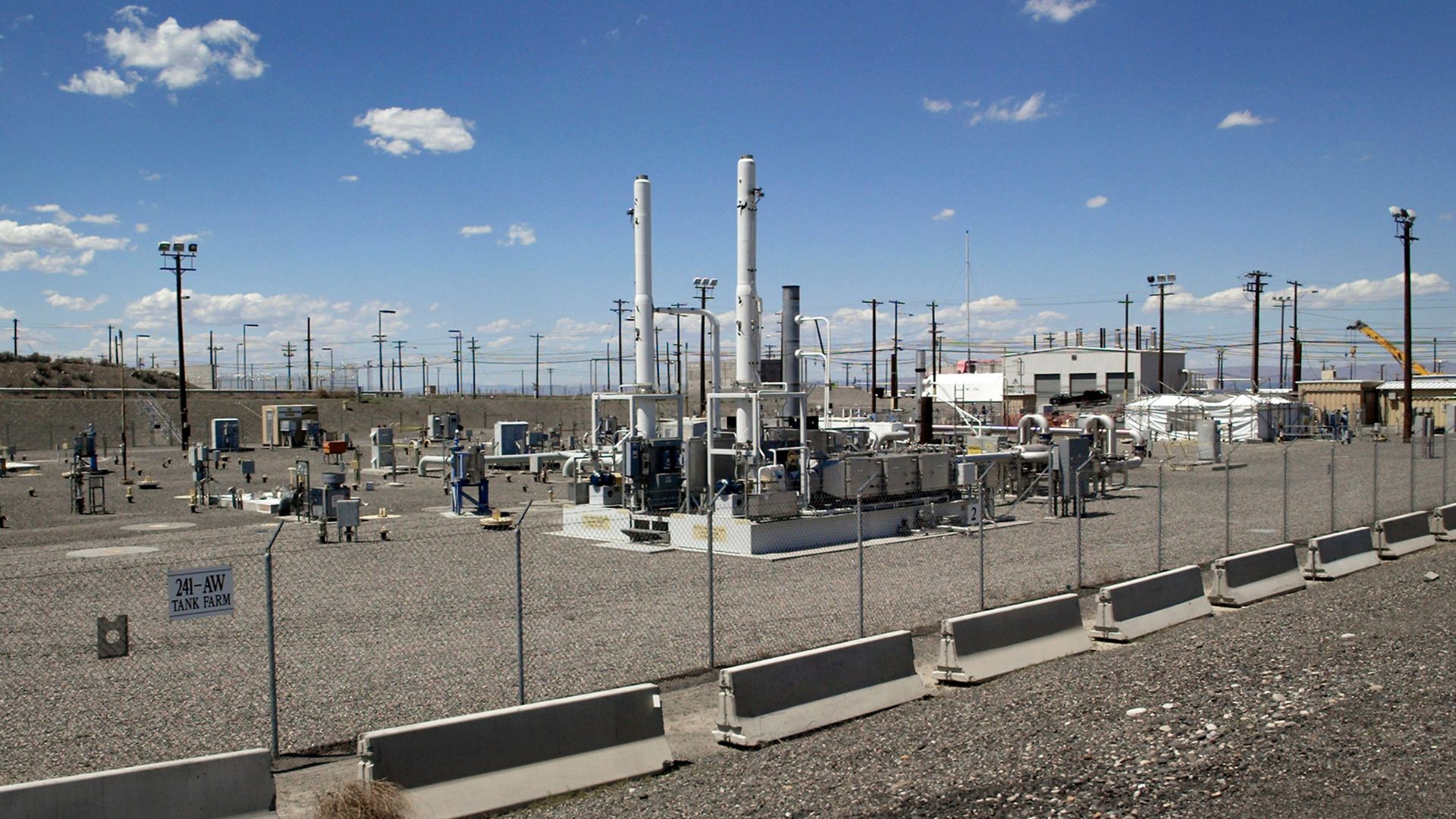US to turn nuclear waste into glass at polluted Hanford site

Source: interestingengineering
Author: @IntEngineering
Published: 10/3/2025
To read the full content, please visit the original article.
Read original articleThe Hanford Nuclear Reservation in southeastern Washington, historically a major site for plutonium production, is advancing a critical phase in its long-term cleanup by beginning to convert liquid nuclear and chemical waste into stable glass through vitrification. This process involves extracting waste from aging, leaking underground tanks, mixing it with additives, and heating it to over 2,000 degrees Fahrenheit to form solid glass, which is far less likely to contaminate soil or the nearby Columbia River. State regulators recently approved the final permit for this method, marking a significant milestone after decades of environmental and safety challenges at the 600-square-mile site.
Hanford’s cleanup addresses the legacy of 177 underground tanks holding 56 million gallons of radioactive and hazardous waste, many of which have exceeded their intended lifespan and have leaked, threatening groundwater and the Columbia River. The site’s contamination history includes pollution from operational discharges and ineffective containment. With over $30 billion invested and an annual cleanup budget of about $3 billion, vitrification is recognized
Tags
energynuclear-wastevitrificationenvironmental-cleanupradioactive-waste-managementDepartment-of-EnergyHanford-site